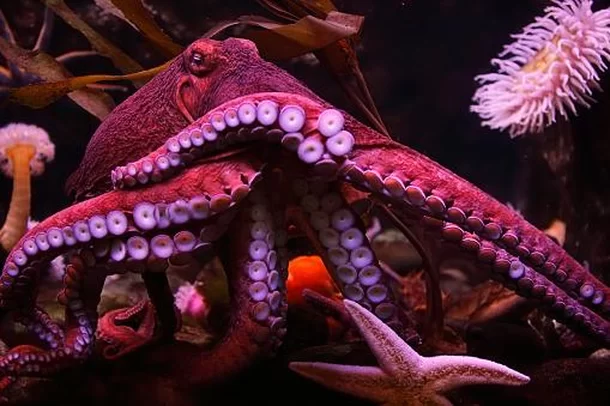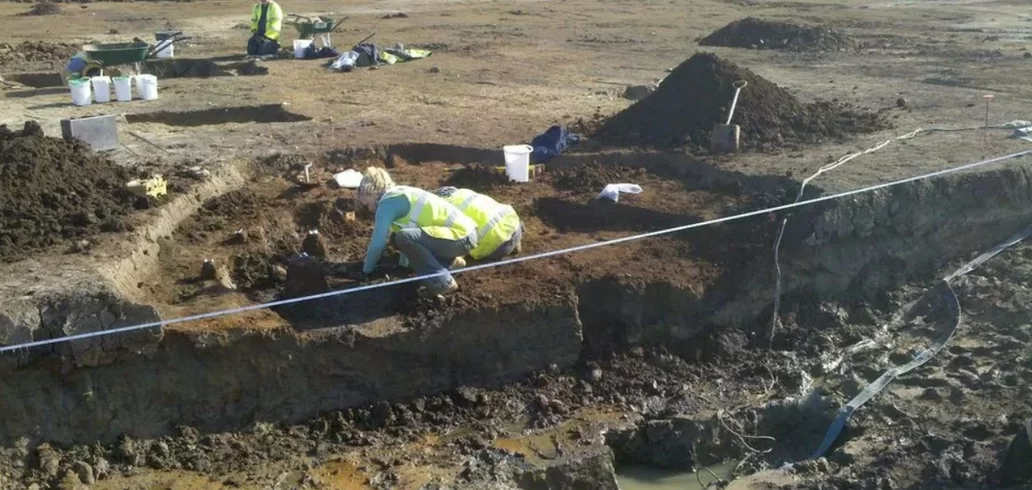News
Pink lakes could be created by climate change
Advertisement
Water color change
Color change in water can be caused by a variety of factors, including:
1. **Algae**: Certain types of algae can bloom in bodies of water, creating shades of green, blue, red, or brown, depending on the species present and environmental conditions.
2. **Sediments and suspended materials**: The presence of sediments, minerals or organic matter suspended in the water can change its color, making it cloudy or brownish.
3. **Pollution**: Chemicals, industrial waste or agricultural runoff can contaminate water and change its color to unnatural hues.
4. **Natural processes**: Natural processes such as decomposition of organic matter, release of tannins from plants or natural chemical reactions can also influence the color of water.
5. **Climate phenomena**: Climate changes, such as variations in water temperature or precipitation patterns, can influence the color of the water by affecting aquatic flora and fauna.
It is important to investigate the specific cause of water color change to better understand the environmental impacts and take appropriate measures to protect water quality and aquatic ecosystems.
Impacts on the future
Future impacts of climate change on water color and aquatic ecosystems may include:
1. **Increasing water temperatures**: Increasing water temperatures due to climate change can affect the distribution and abundance of aquatic organisms, including algae and bacteria responsible for specific colors in the water.
2. **Altered precipitation patterns**: Changes in precipitation patterns can influence the amount of nutrients and sediment entering water bodies, affecting the chemical composition and turbidity of the water.
3. **Increased incidence of extreme events**: Increased frequency and intensity of extreme weather events, such as storms and droughts, can disrupt aquatic ecosystems and cause abrupt changes in water color.
4. **Changes in species distribution**: Changes in environmental conditions can lead to changes in the geographic distribution and ecology of species of algae, bacteria and other aquatic organisms that affect water color.
5. **Impacts on biodiversity**: Changes in water color and environmental conditions can affect the biodiversity of aquatic ecosystems, with possible consequences for the food chain and the health of aquatic habitats.
To mitigate these impacts and protect aquatic ecosystems, it is crucial to adopt climate change mitigation measures, as well as implement sustainable water management and water resource conservation practices. This includes reducing greenhouse gas emissions, protecting wetlands and aquatic ecosystems, and promoting integrated and sustainable water resource management.
You may also like

How to make your phone faster: Essential tips and apps
Discover practical and effective tips on how to make your cell phone faster, improve performance and get the most out of your device.
Keep Reading



